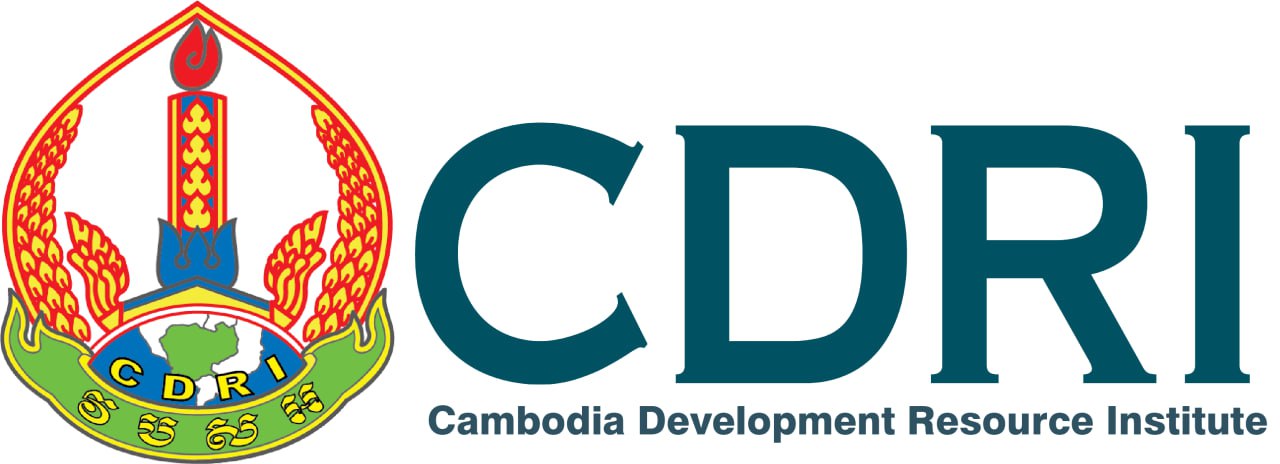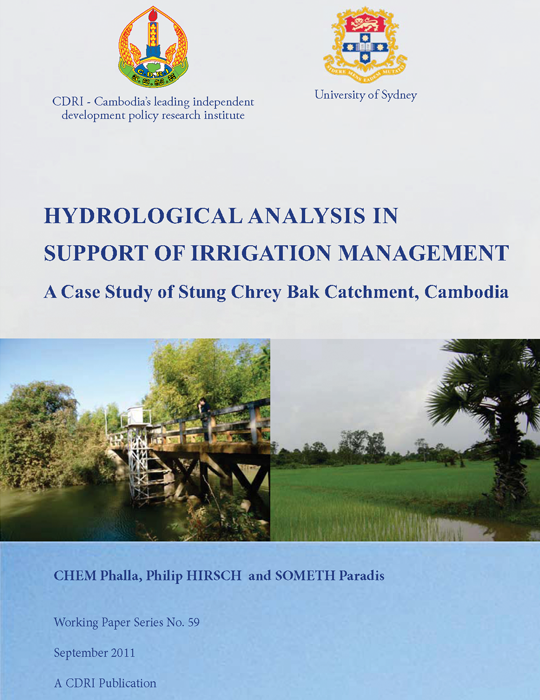
Hydrological Analysis in Support of Irrigation Management: A Case Study of Stung Chrey Bak Catchment, Cambodia
This study examines the possibility of supporting improved catchment irrigation management by evaluating scenarios based on sound hydrological analysis using the Water Evaluation and Planning System (WEAP). The scenarios identify clear options and practical implications for irrigation management which can inform policymakers and relevant stakeh...
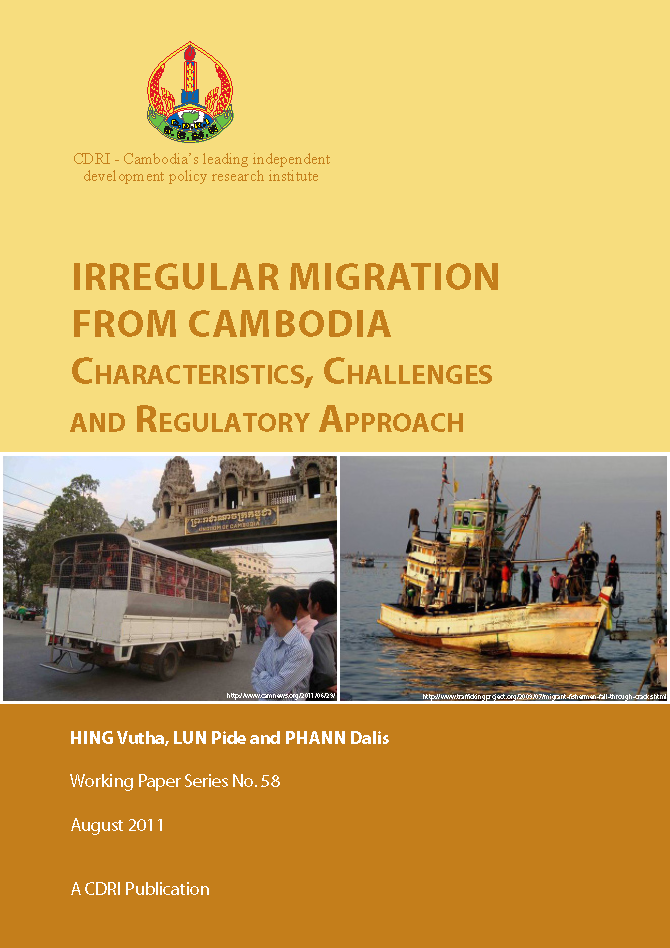
Irregular Migration from Cambodia: Characteristic, Challenges and Regulary Approach
Migration via irregular channels has been the most popular option for Cambodian workers seeking jobs abroad as it is widely regarded as relatively secure, convenient and cheap. But some migrants face abuse and exploitation while others become victims of human trafficking. Irregular migration raises serious issues about the protection and management...
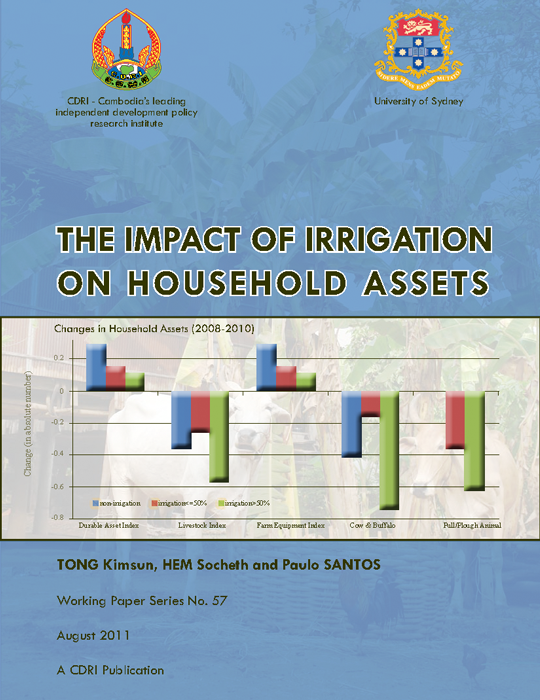
The Impact of Irrigation on Household Assets
This paper is based on data from 220 selected households surveyed during 2008-2010 and is intended to shed some light on the relationship between irrigation and household assets such as durable assets, livestock, farm equipment, cows and buffalo, and pull/plough animals. Since irrigation is widely seen as being an endogenous variable, the Instr...
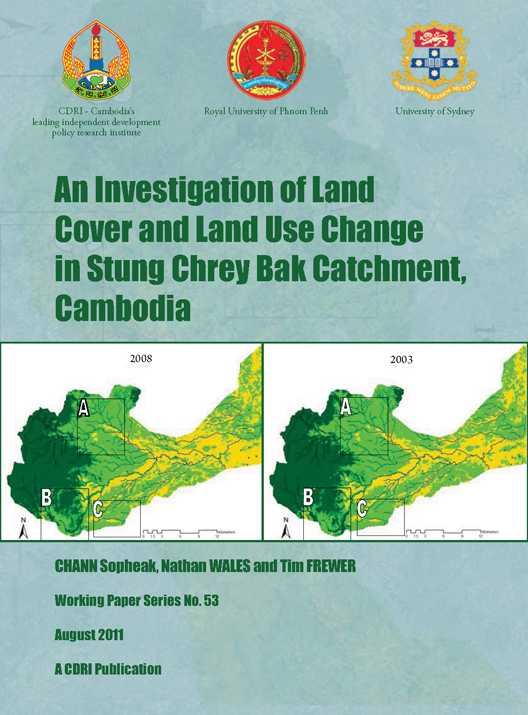
An Investigation of Land Cover and Land Use Change in Stung Chrey Bak Catchment, Cambodia
This working paper presents the findings of research undertaken on land use and land cover (LULC) change in Cambodia, with a focus on water resource development and local livelihoods in Stung Chrey Bak catchment, Kompong Chhnang province. The research aims to provide improved information of LULC to researchers, policy makers, and other stakehol...
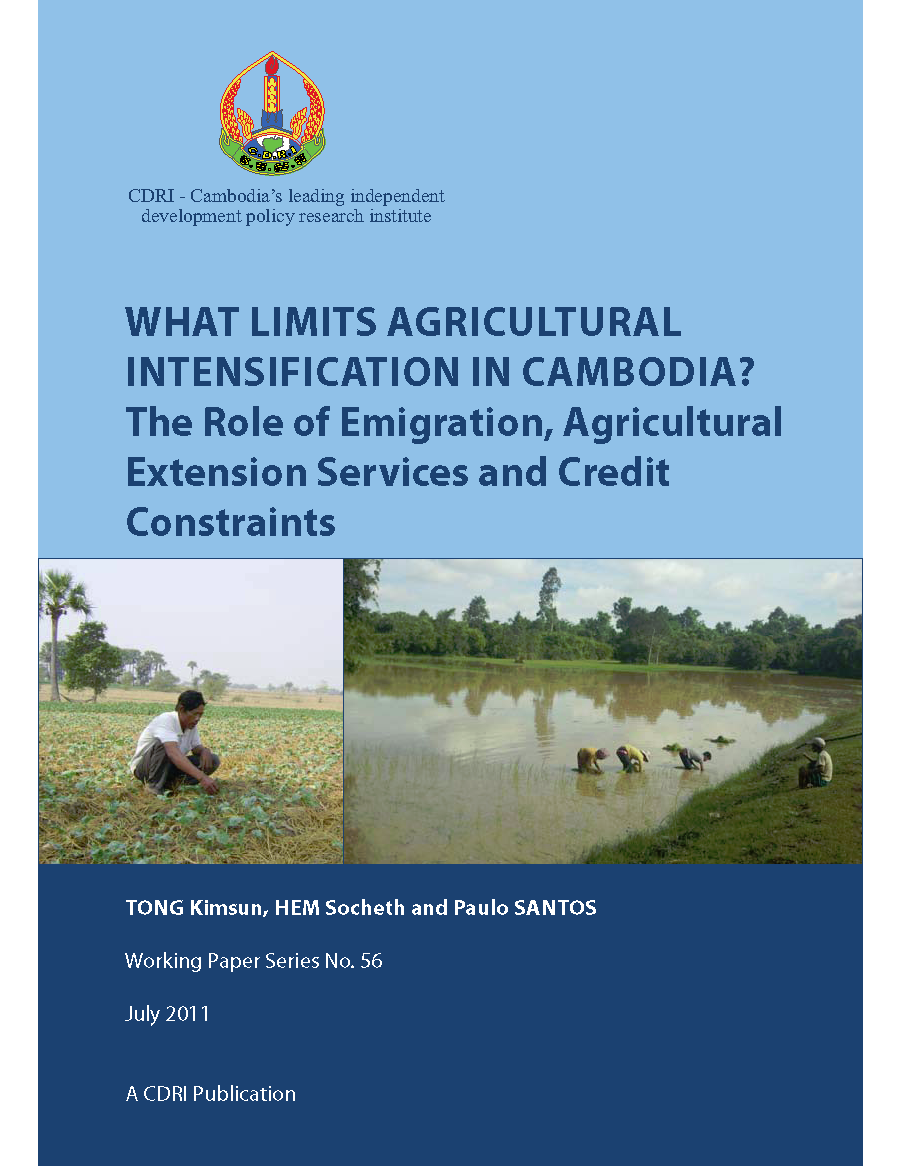
What Limits Agricultural Intensification in Cambodia? The Role of Emigration, Agricultural Extension Services and Credit Constraints
This paper attempts to define the factors which determine emigration and rice doublecropping, i.e. rice cultivation on the same plot twice per year, by rural households in Cambodia, and investigates whether these decisions influence each other using data from a two-period panel survey of 231 households in three provinces in rural Cambodia. In t...

Policy Coherence in Agricultural and Rural Development: Cambodia
This paper presents the main findings of the Policy Coherence for Agriculture and Rural Development study. Policy Coherence for Development (PCD) is about making sure that policies for sector development do not contradict or undermine one another and that as far as possible, policies are complementary and create synergy. In practice, it is abou...
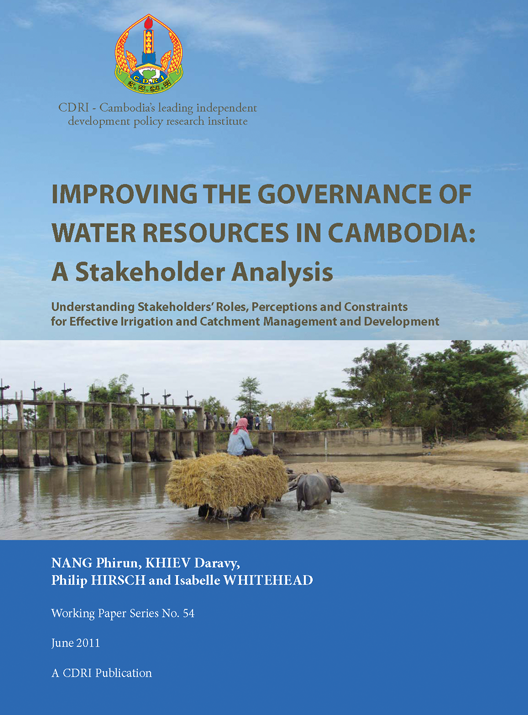
Improving the Governance of Water Resources in Cambodia: A Stakeholder Analysis
Irrigation development and management of water resources present serious governance challenges for many stakeholders in Cambodia. Farmers, government agencies, development organisations and the private sector all have a role to play, yet their roles and responsibilities are not always well defined. Contemporary ideas on water governance indicat...
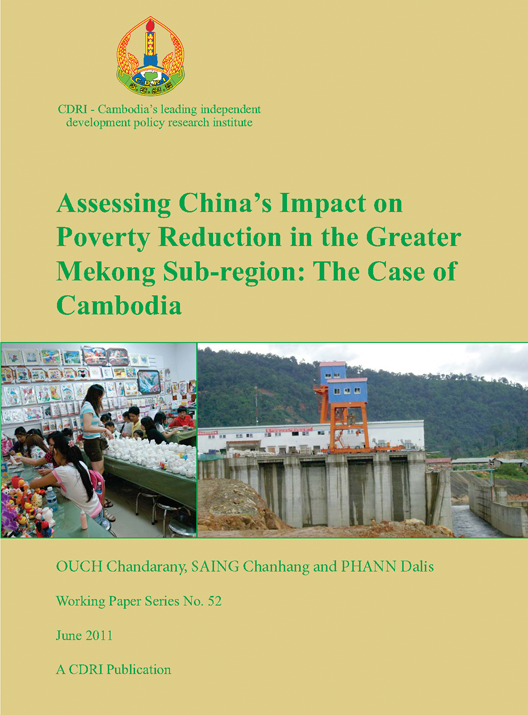
Assessing China’s Impact on Poverty Reduction in the Greater Mekong Subregion: The Case of Cambodia
The deepening trade relation between Cambodia and China has brought about significant expansion of bilateral trade between the two nations; however, Cambodia’s negative trade balance continues to widen at an average annual growth rate of 34 percent. The study uses the framework developed by Jenkins and Edwards (2004) to examine China-Cambodia t...
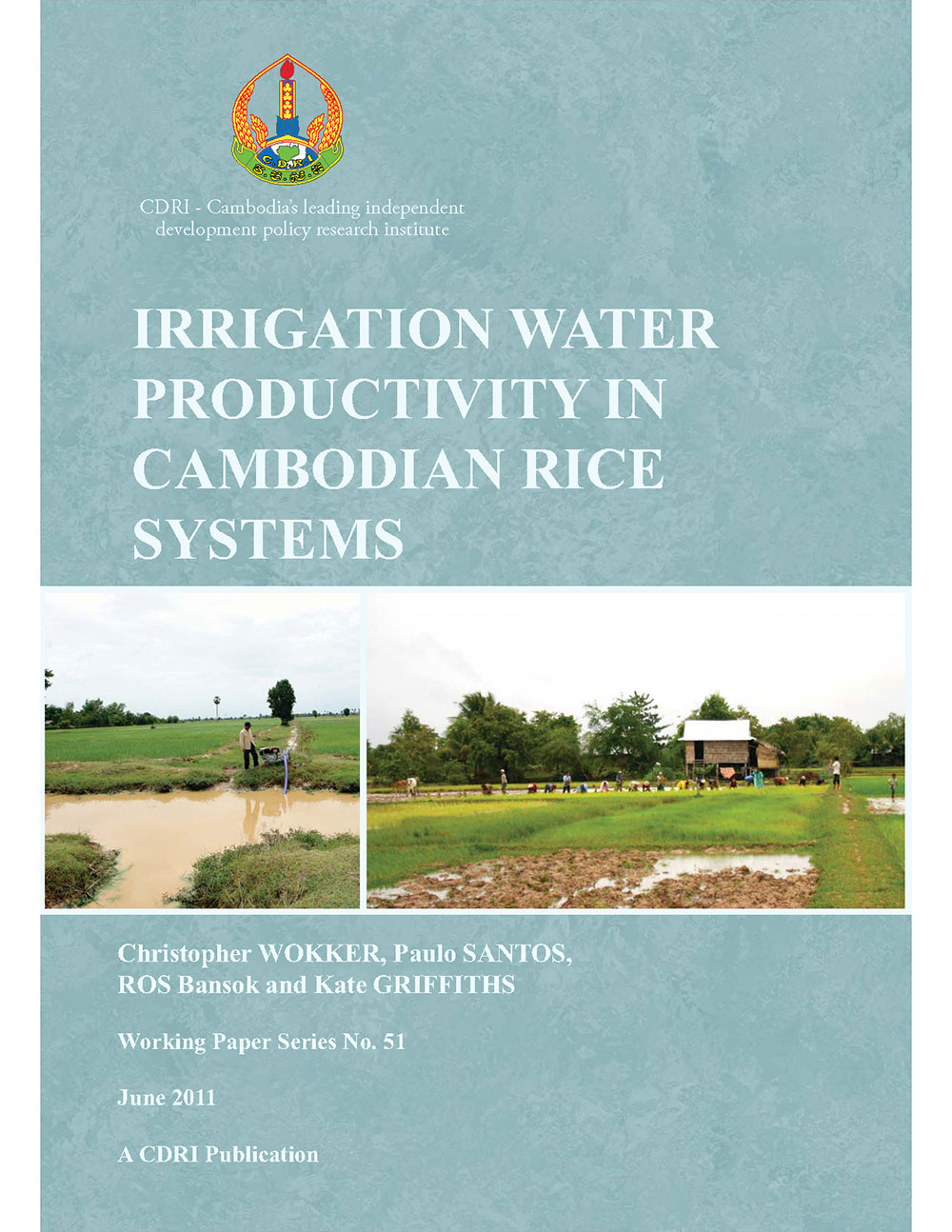
Irrigation Water Productivity in Cambodian Rice Systems
Cambodia’s economy is based largely on the agricultural sector which contributes 33 percent of the national GDP and employs more than 67 percent of the national labour force. Rice production is central to this sector: not only do the majority of Cambodia’s farmers depend directly and indirectly on the success of the rice crop each year, but bei...
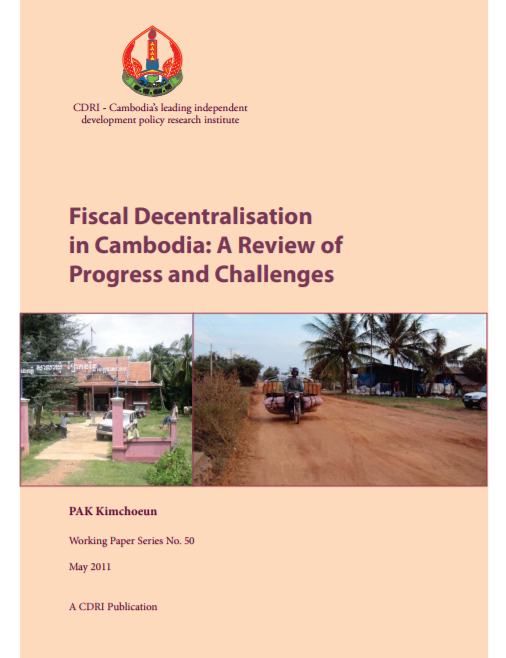
Fiscal Decentralisation in Cambodia: A Review of Progress and Challenges
To achieve democratic development, Cambodia’s next step towards fiscal decentralisation will focus on both institutional and service delivery reform at district level so as to strengthen the capacity of the sub-national administration and better link it to sectoral service delivery. To move forwards, fiscal decentralisation needs to be comprehe...
